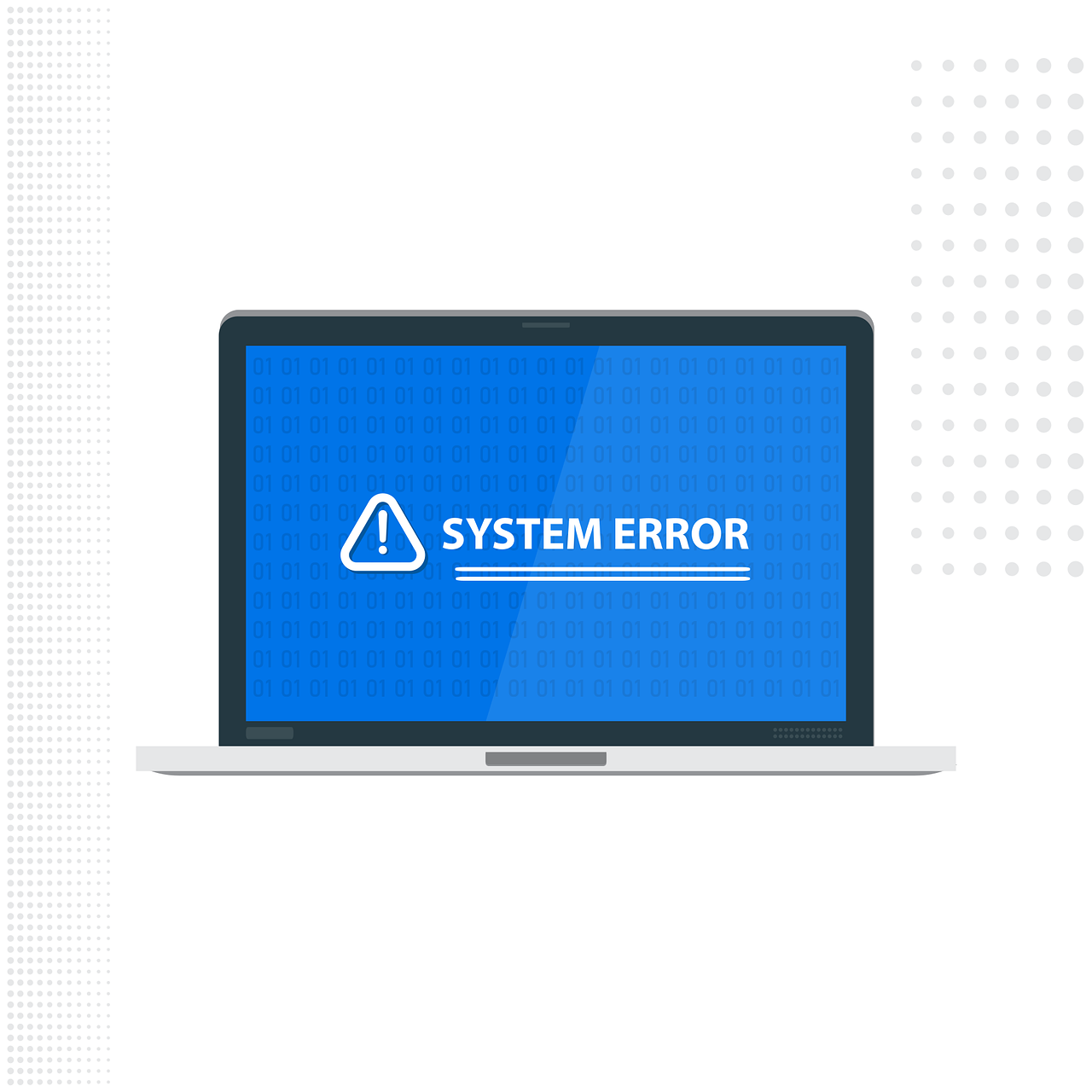Is there anything else you’d like me to modify or add to the article? I can expand on specific sections or provide more details on any of the troubleshooting steps related to the ”NSCocoaErrorDomain error supports” error.
Understanding the Error at Its Core
The error message is ”NSCocoaErrorDomain error support.” It comes from Apple’s basic Cocoa framework. Cocoa is the foundation for building apps on macOS and iOS. It shows a general issue. It’s related to a function your application is trying to use but doesn’t support. Let’s break down the components for a clearer understanding:
- NSCocoaErrorDomain: Specifies the error’s domain. In this case, the domain is Cocoa.
- error: This indicates that an error condition has occurred within the application.
- supports: This hints at the core of the problem – a lack of support for the functionality being used.
The message itself doesn’t provide specifics. But, it points to a mismatch between your code’s needs and the abilities of the underlying object or API.
Unveiling the Culprits: Common Causes of the Error
Several factors can trigger this error. Here’s a detailed breakdown of the most frequent culprits:
- Misaligned API Usage is common. You might be using an API method or property in a way not intended or supported by the specific object. For instance, trying to set a text property on an image wouldn’t work. Image objects don’t have text properties.
- Compatibility Conundrums are a common cause. They happen when the Cocoa version in your code doesn’t match the one it supports. Different versions might have variations in supported features or APIs.
- This is Missing Functionality in Action. The error might happen if the feature or behavior you want isn’t available. It’s not in the current context or object type. For example, trying to use a method for network requests on a local file wouldn’t work.
- Dependency Dilemmas: Your code relies on external libraries or frameworks. They might be missing or incompatible with the operation you’re attempting. These dependencies might have specific requirements or limits. Your code needs to follow them.
- Some developers assume the wrong type or capabilities of an object. This can lead to errors if the object doesn’t possess the expected functionality. Double-checking object types before using them is crucial.
Devising a Battle Plan: Effective Troubleshooting Steps
Resolving the ”NSCocoaErrorDomain error supports” error requires pinpointing the specific cause. Here’s a structured approach to guide you through the troubleshooting process:
- Scrutinize API Documentation: This is the first line of defense. Carefully examine the documentation for the API or object you’re using. Ensure you’re employing methods and properties correctly and within their intended purpose. Documentation often details supported functionalities and limitations.
- Check for compatibility: Make sure the versions of your code’s Cocoa framework and the functions you’re using match. You can find documentation or release notes for your framework version. They will tell you its supported features. If necessary, update your code or adjust it based on the supported version.
- Inspect the object type: Before using it, make sure it supports your operation. Use debug tools or print statements. Use them to check object types and their functions. This helps avoid attempts to use unsupported features.
- Dependency Deep Dive: Review the dependencies for any external libraries or frameworks involved. Ensure they are correctly installed and compatible with your project’s requirements. Consult the documentation or release notes of these dependencies. They explain the supported functions and limits.
- Error Code Exploration: Sometimes, the error message might include a specific error code. It comes with the domain and message. Research this code online using developer forums or Apple’s documentation. These codes can provide more targeted hints about the cause of the error.
- Console Log Savvy: Enable detailed console logging in your development environment. The logs might offer valuable clues regarding the context and cause of the error. Look for messages related to the specific API call or object that triggered the error.
- Community Connection: Use the power of online communities. They are dedicated to iOS and macOS development. Search forums and communities, like Stack Overflow, for similar issues. Look for solutions discussed by other developers. You might find valuable insights and solutions. They come from developers who have faced similar challenges.

